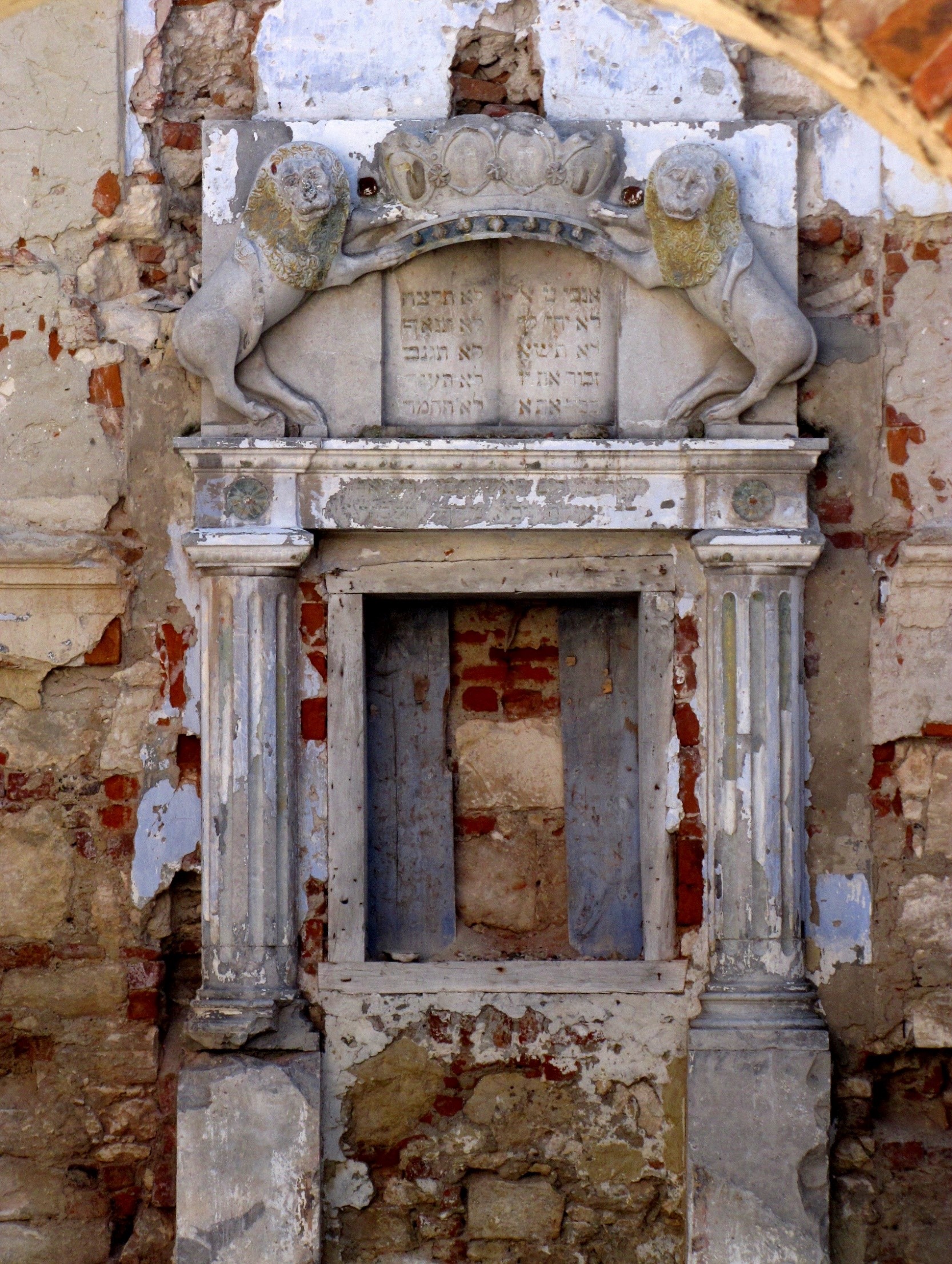
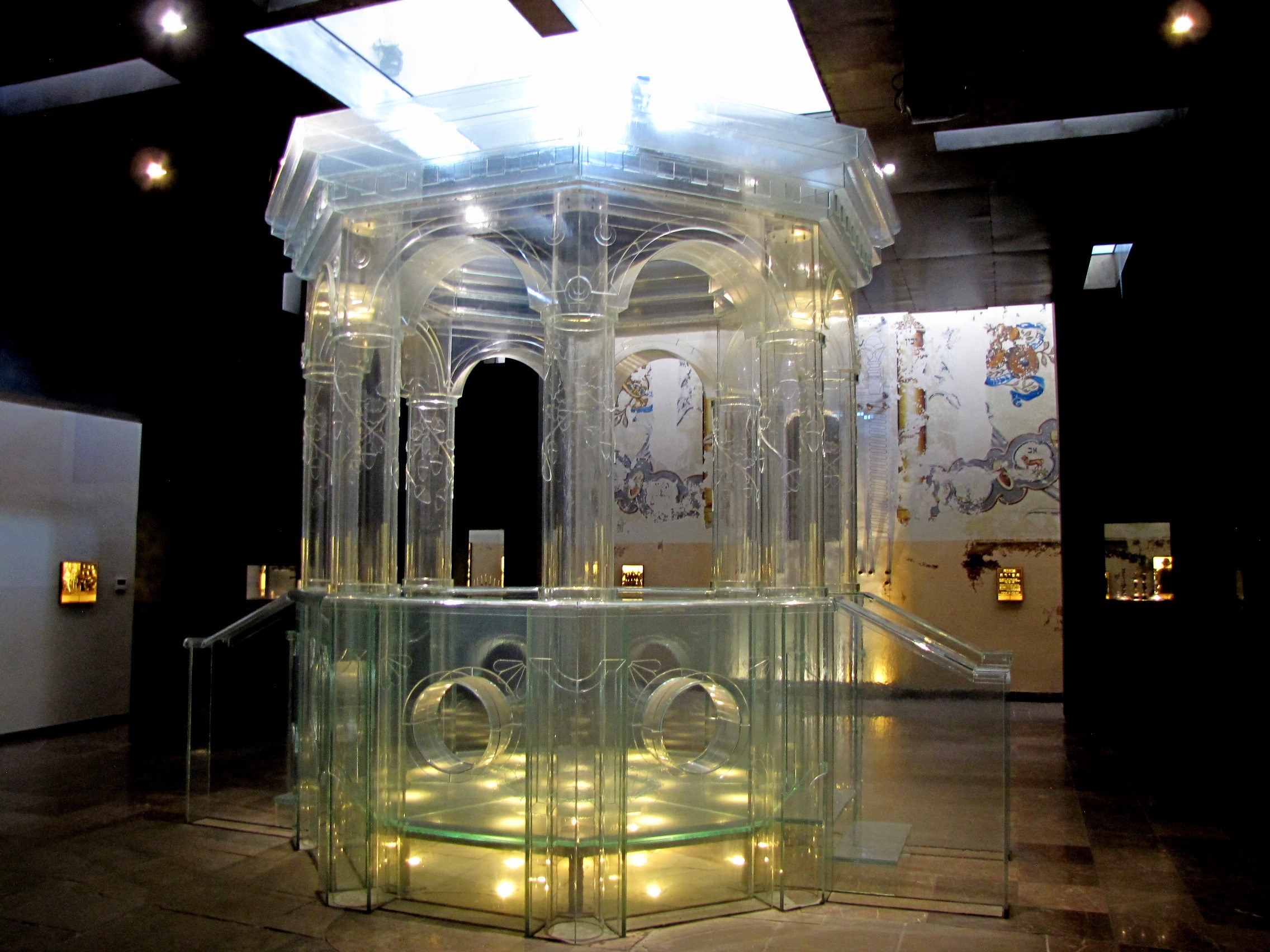
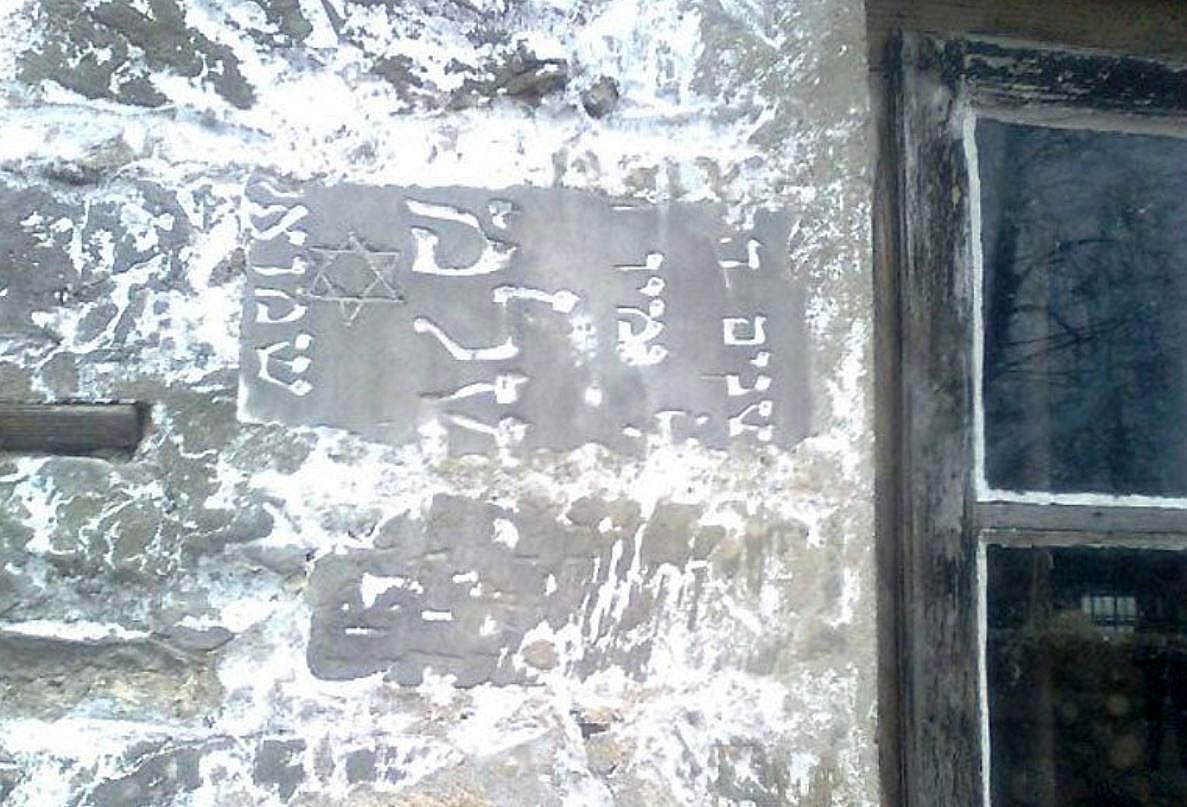
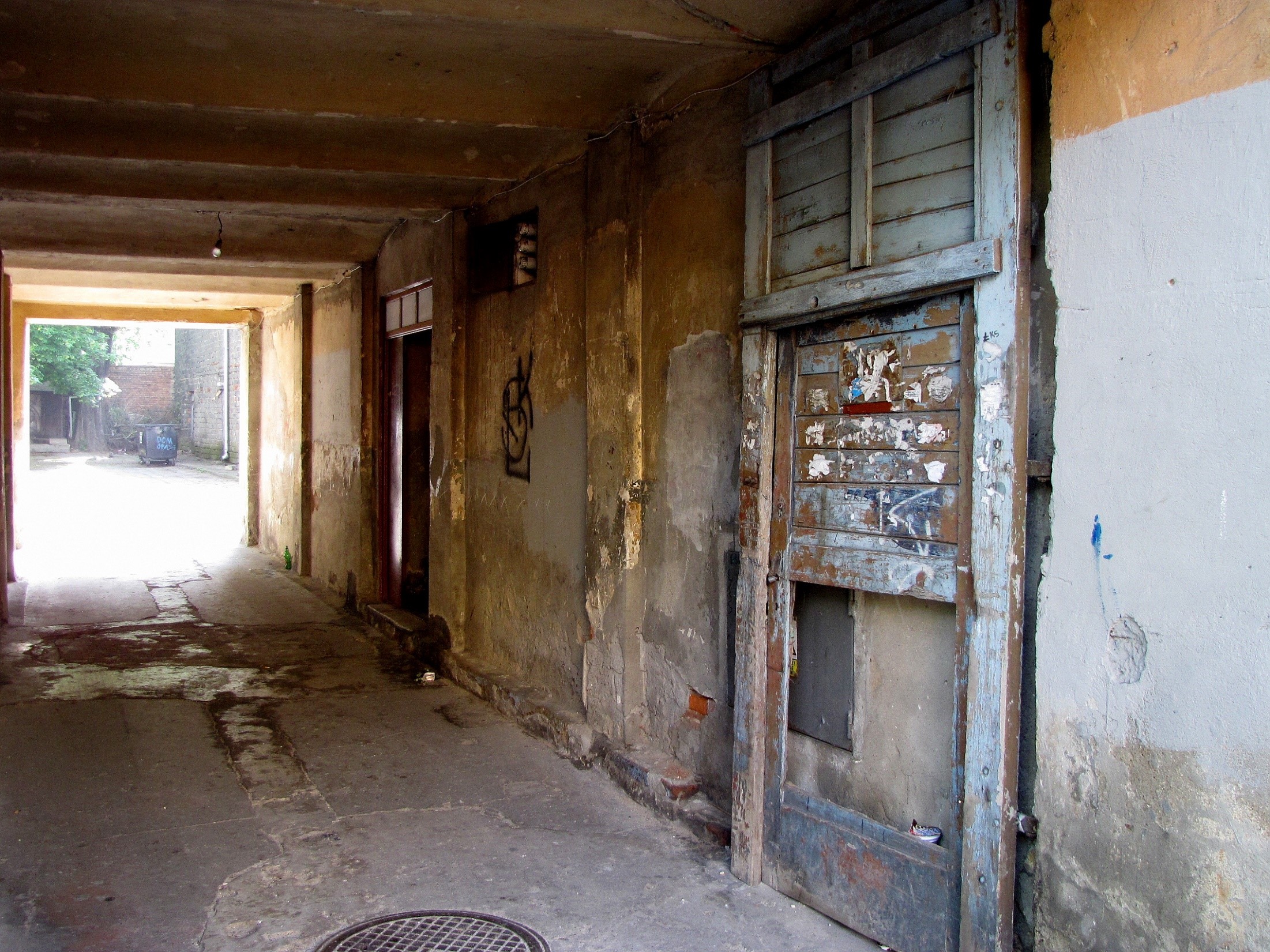
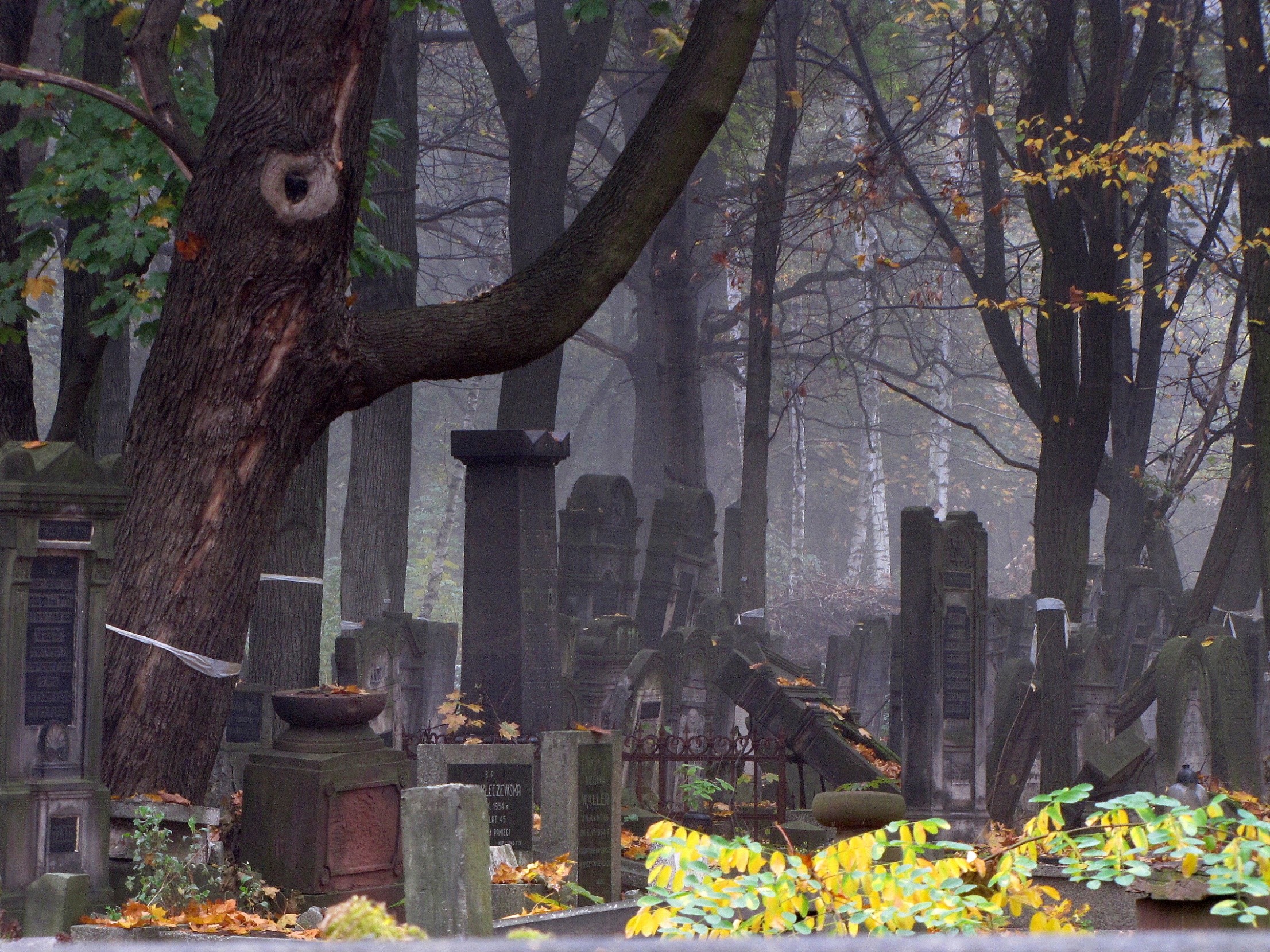
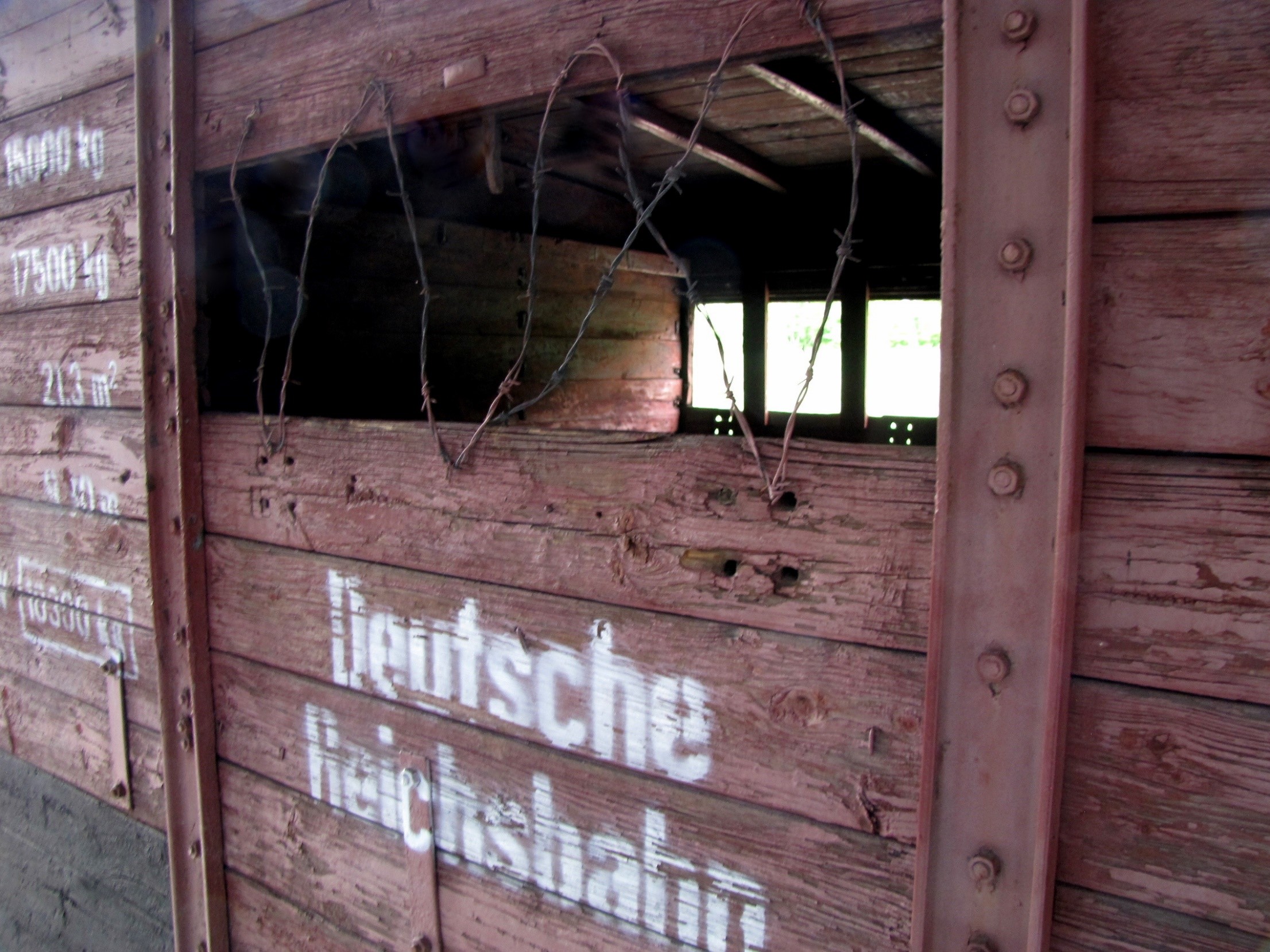
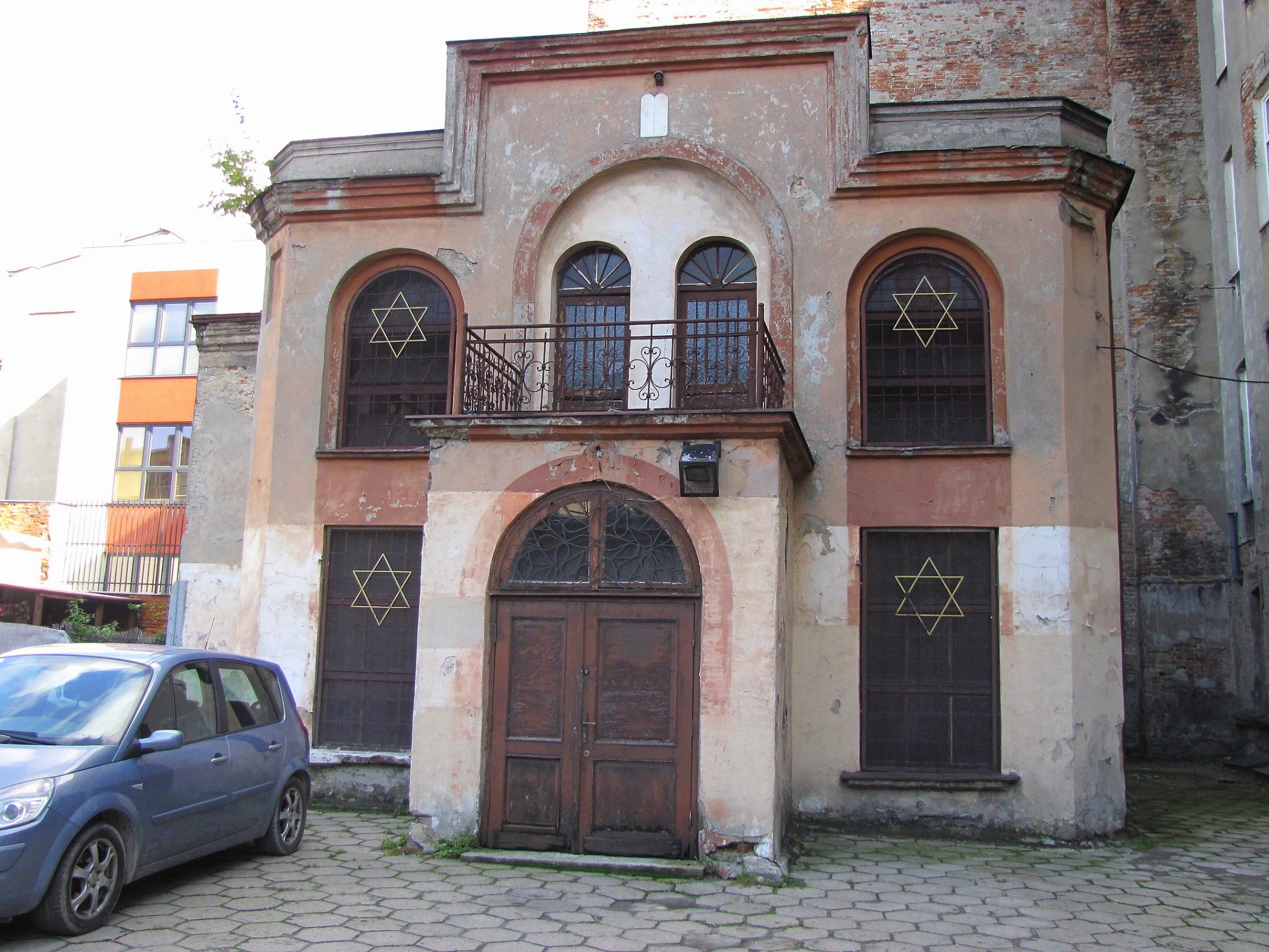
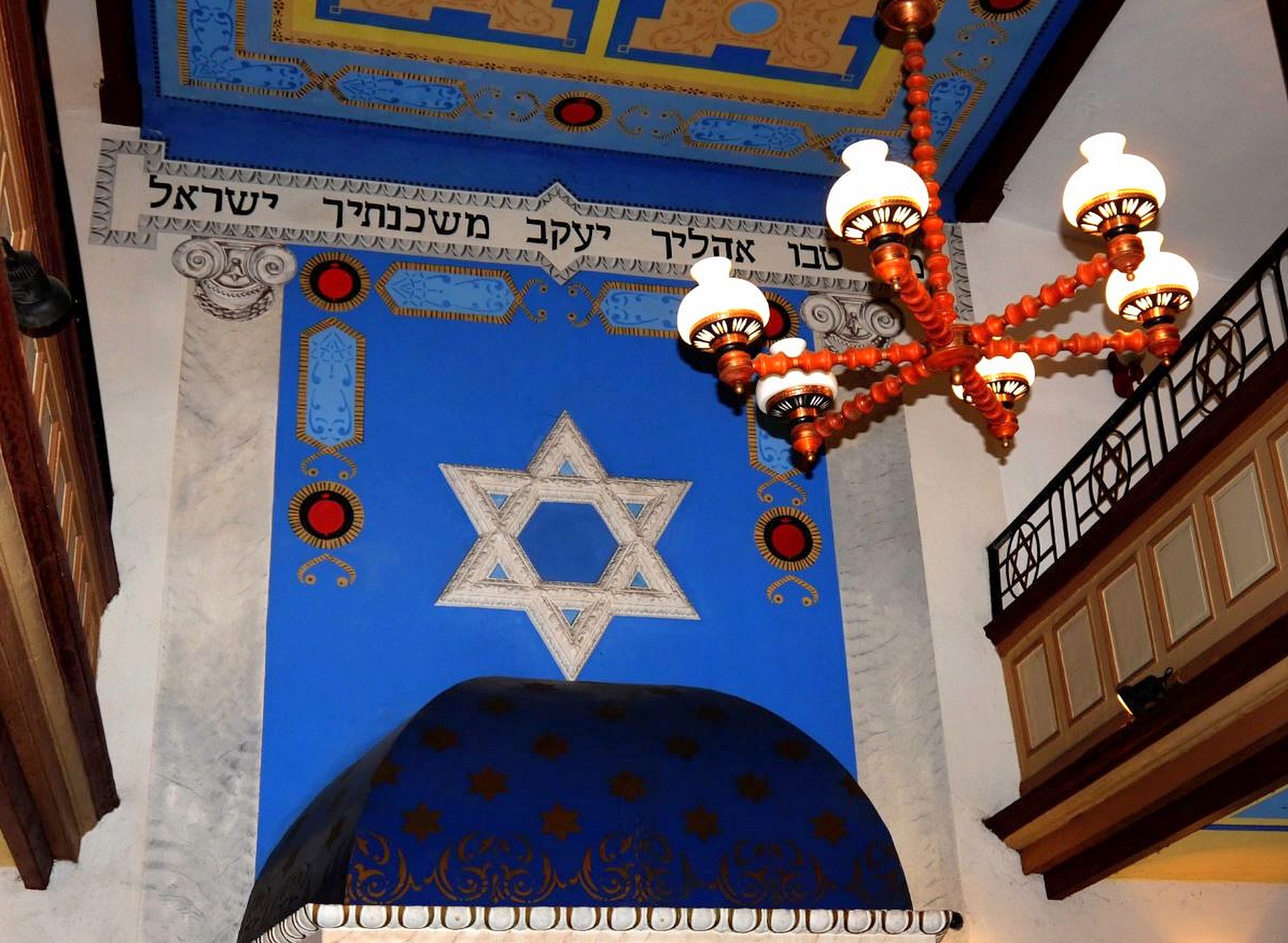
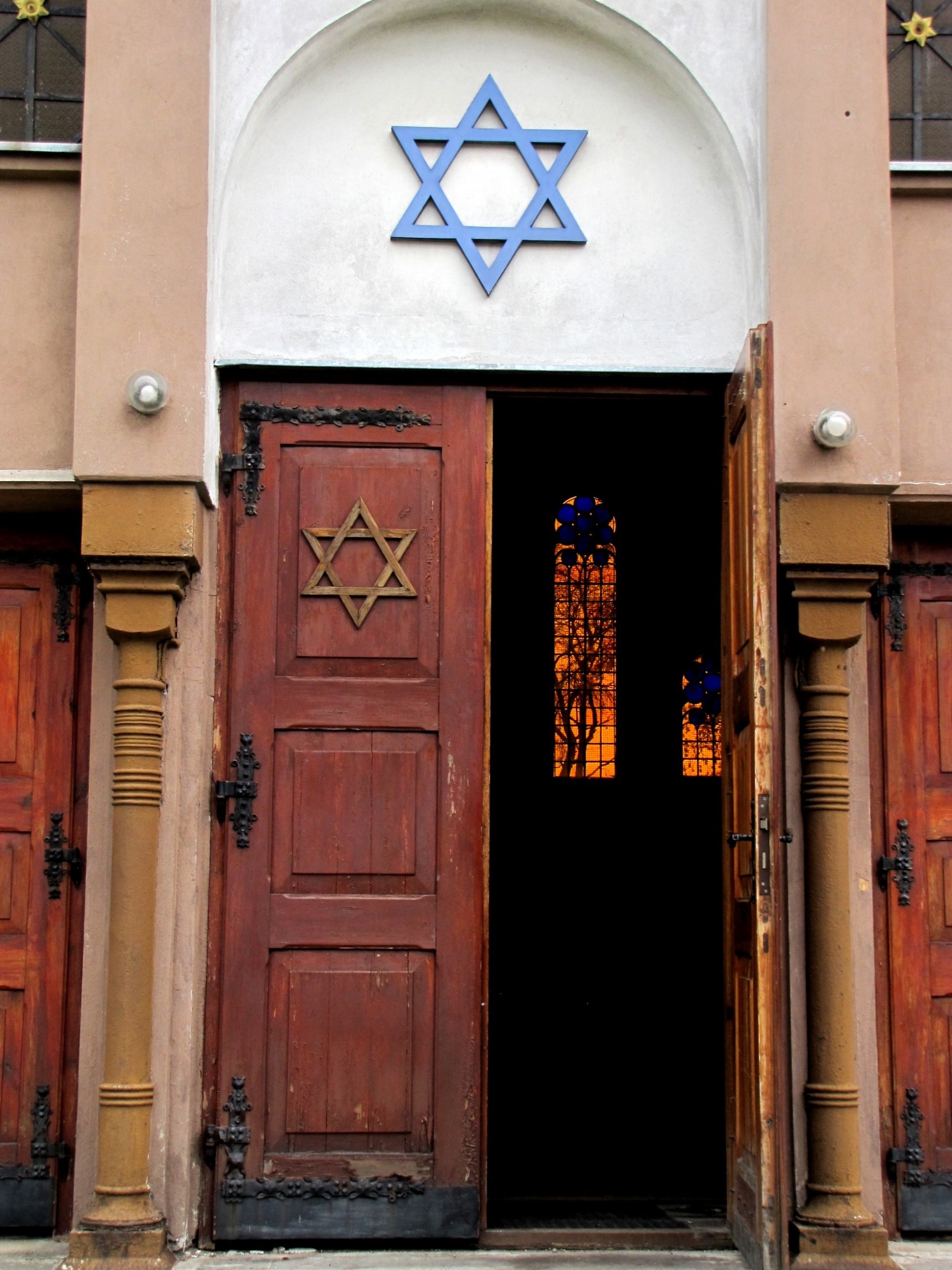
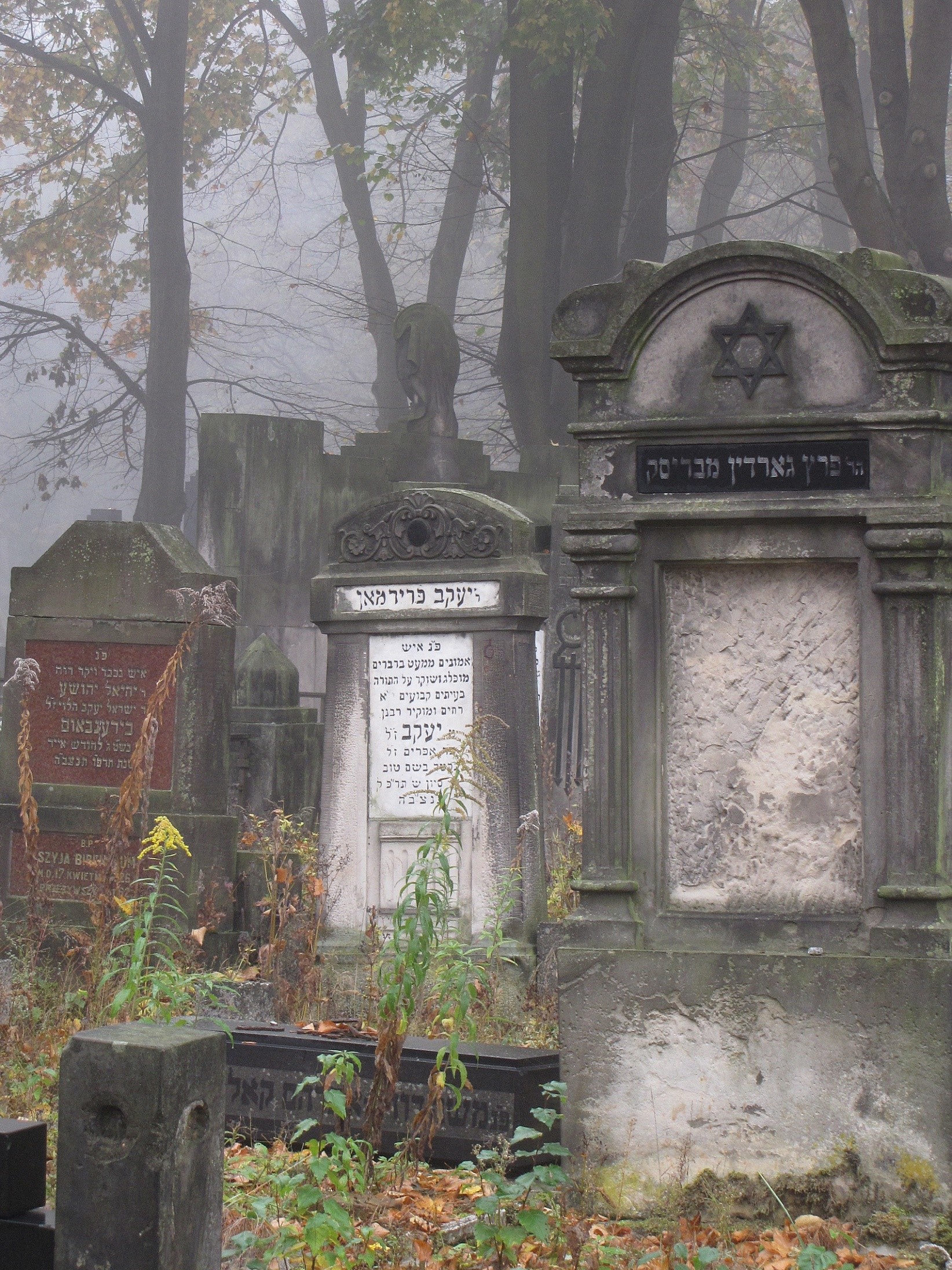
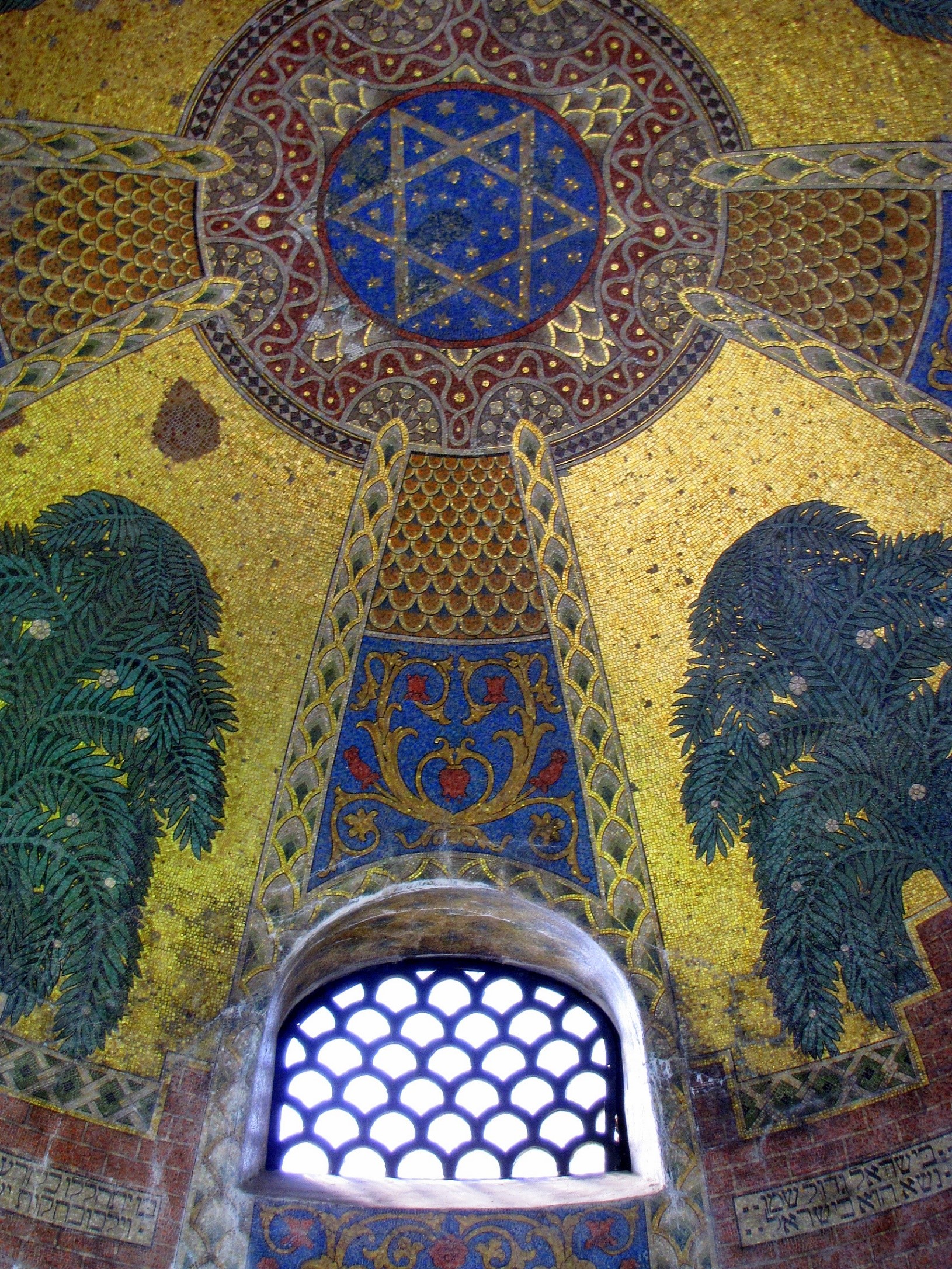
JEWISH TRACES IN POLAND: Synagogues, Cemeteries, Abandoned Places and more. Part Six - Lodz & Central Poland
Coffee-table, E-Photobook -- with 858 pages, 523 of which contain single, original photos; 307 pages contain archive photos -- of Jewish sights and traces in Poland. This part covers Lodz and Central Poland. The photobook has been designed with the intent to show and inform the reader what Jewish heritage sights (and sites) are still existent in this part of Poland and what they can expect to see. While not developed as a travel guide, those interested in visiting Poland will find this an invaluable resource, whether they're visiting on a heritage tour, out of historical interest, or just want to sit at home and enjoy the subject matter. The table of contents below and the portion of the book's introduction will tell you what is covered in the E-book.
You are purchasing an E-book (electronic), which has two file formats: the first file is mounted on a flip album; the second file is a .pdf for scrolled viewing. Both files will be put onto a CD to open in your desktop or laptop device (and from there, you can transfer it to an IPad, etc.). We will NOT send files via email!
BUSKO-ZDROJ (Bisque). 7
CHECINY (Chentshin). 11
CHMIELNIK. 30
DZIALOSZYCE. 76
INOWLODZ. 99
KIELCE (Kilts). 119
KLIMONTOW... 169
KONSKIE. 180
KRZYZTOPOR. 215
LODZ (Lazh). 222
The Lodz Ghetto. 229
Karol Poznanski’s Palace. 407
Other Jewish Sites in Lodz. 423
The New Jewish Cemetery. 433
NOWY KORCZYN.. 610
OPOCZNO (Afatshna). 626
OZAROW (Azharav). 643
PABIANICE (Pabyanits). 663
PINCZOW (Pintshev). 676
PIOTRKOW TRYBUNALSKI (Petrikev). 710
PRZEDBORZ. 734
SANDOMIERZ (Tsoyzmir). 747
SKIERNIEWICE (Skernyevits). 776
STARACHOWICE (Oyaz'bnik-strkhubitsh). 783
SZYDLOW... 804
TARLOW... 833
WODZISLAW... 835
ZGIERZ (Zgerzh). 851
In all the years I had travelled through Poland, I never gave much thought to Lodz as being a place of interest for me. I have no love for cities in general and Lodz is not only a big one, it was an industrial city to boot. Imagine then my great surprise at discovering the huge Jewish cemetery in Lodz, the largest of its kind not only in Poland, but in all Europe. Those who adore funerary art could spend hours, maybe days, wandering among the tombs and graves, especially beautiful in the Autumn mists and fogs. And, indeed, of this part’s 858 pages, the Jewish cemetery in Lodz takes up 178 pages, or over 20%! Covering all of Lodz – 45%. So, I welcome you to the sixth part of Jewish Traces in Poland, this time covering the areas known as Lodz and Central Poland (Lodzkie and Swietokrzyskie).
It is with great pride of accomplishment that I introduce this self-published work about Jewish sites and traces within the borders of modern-day Poland. I state, with no arrogance intended, that it’s a work much-needed. For those intending to travel to Poland in search of their Jewish roots, or those interested in Jewish heritage (and I’ve met many who aren’t Jewish at all), or even those who will sit at home and read this out of personal and interest, this work will most likely be the most comprehensive “coffee-table” photobook in print on the subject at hand (with the exception of those “must-see” places like Auschwitz and Krakow, which, comparatively speaking, I give short shrift to since they’re so well known). In fact, through my own personal interest and needs, I found few works updated more recently than ten years ago. Since the sights associated with Polish Jewry have mostly remained unchanged since the Holocaust, one might wonder why an “updated” photobook is even necessary. My own research on the ground illustrated all too clearly why: in many places, sites and traces of the former Jewish community have since vanished, been torn down, fallen into complete disrepair, or have been renovated or replaced in the name of “progress”. While Poland, perhaps more than any other country in Eastern Europe, has expended great efforts and sums of money to maintain many of the sites you will see in this work, I still couldn’t help feeling disappointment and sadness at discovering such historically important relics gone once I reached my destinations.
This huge book, divided into a number of parts to make reading easier, is meant, in its purest form, to be a photobook. Not a scholarly work and not a travel guide (though I hope it helps those interested in traveling to know what to expect and maybe even give them destination ideas they hadn’t considered before). There are no directions or addresses given and that’s on purpose. I don’t want this to be considered a travel guide. It’s also not an apologetic for Poles or Jews. Though I give a brief historical outline for each location, I have tried to keep the description as neutral as possible and devoid of my personal opinions. This is not cowardice or political correctness: I didn’t put this work together to argue my beliefs or proselytize others. Let each person draw their own opinions and conclusions from my work.
While the number of pages for each part itself may be off-putting, I defend the length by the fact that they are mostly photos and each photo got one whole page. This work consists of my original photography and archive pictures in the public domain (to the best of my knowledge in my research). Almost all the photos are from 2019; where my photos aren’t, I put a date on them (likewise for archival sources). Most of my older pictures don’t meet my obsessive standards of today, so most of them didn’t “make the cut”. There may be cases where “questionable” pictures are included. “Questionable” means describing something that may not be obvious, such as a house which I claim to be formerly Jewish. The reader should be aware that in all cases, if I was not able to determine beforehand information as to what I was photographing, I consulted locals --- sometimes multiple locals --- to verify my suspicions. Often, the information came to me from onlookers who gauged my interest in what I was aiming my camera at rather than my asking them. If there are errors, they aren’t mine alone.
I also have a number of places in this book that have absolutely nothing at all to do with Jewish history. I include them, because I think they’re interesting and because a break from the subject matter would probably be welcome after a while. Unfortunately, while those interested in Polish genealogy have plenty of different places they can go to in Poland to see the past come alive in so many ways, this is usually not the case for Jews. The Jewish past is, for the most part, dead in Poland. Jewish heritage travel has the dubious distinction of not only having to rely on imagination, but to suffer visits to dead synagogues, graveyards, extermination camps and other sites that have something “ghostly” or haunted about them. Visiting other places in Poland and taking a break from the often oppressive history of Polish Jewry was something I needed to do for my own sanity.



